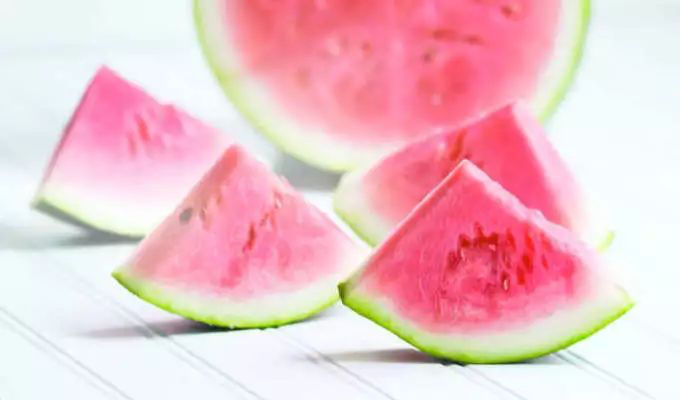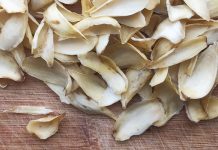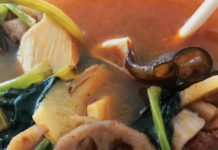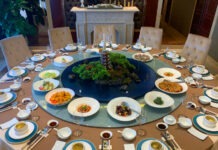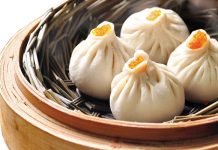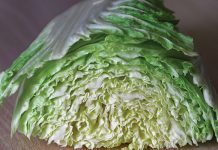Food to the Chinese is everything. It is that for which life is worth living; no big decisions are made without first a feast, gatherings are not gatherings without food.
Traditionally, being overweight in China was a sign of wealth, as only the rich could afford fatty or sugary foods. It was estimated that the number of undernourished people in China dropped from 386.6 million in 1969 to 142.1 million in 2002, according to the United Nations Food and Agriculture Organisation.
Yet, China’s latest nutrition woe is now not a matter of how little people have to eat, but more a matter of how much; high cholesterol and obesity is rising and all fingers are (rightly so) pointed at the Western influence of fast food.
While the West has certainly had a negative influence in China with regard to junk food and snacks, it has not always been so bad. China has been open to outside influence for around 2,000 years. As BBC presenter, Ken Hom put it, since the beginning of recorded history, foreigners have helped shape Chinese cuisine in many more ways than one, thanks mainly to agricultural trade. Indeed, hearty staples, such as rice, millet and soybeans were being cultivated long before traders arrived, but it is that which we see on our plates at Chinese restaurants in 2019 Nanjing which really showcases the various influences of the West.
Han Dynasty (206 BCE – 220 CE)
It all begins with the opening of the Silk Road during the Han Dynasty. Traders travelling east and west brought with them not only the seeds of new foods, but also fresh ways in which to prepare it. This was when the Chinese perfected the art of fermenting soybeans and pickling vegetables, as well as working with mills that produced wheat for the first noodle production. Merchants during this period brought with them pepper, pomegranate, grapes, walnuts, sesame, watermelon, cucumber, spinach, carrots, fennel, celery, onion and garlic.
Tang Dynasty (618-907)
The Tang Dynasty really was China’s “Golden Age” of exploration and experimentation. Led by China’s only female Empress and devout buddhist, Wu Zetian, this was an era with a vegetarian focus. The people of the Tang Dynasty popularised wheat, by creating dumplings, cakes and fried dough.
According to Top China Travel, this was when the first known cookbooks and nutritional textbooks appeared, along with Western goods such as leeks, shallots, spinach, lettuce, almonds, pine nuts, pistachios, sugar beets and figs.
Ming Dynasty (1368-1644)
A period of Islamic and Mongol influence, this was the time when Halal foods, yoghurt and mutton appeared on Chinese tables; as well as Southern European foods, such as peanuts, sweet potatoes and corn, those brought by Portuguese and Spanish explorers. French missionaries brought with them the white potato during the eighteenth century, and soon after, coastal living Chinese adapted peanuts, corn and potatoes to their diet, together with tomatoes, corn, squash and chili peppers from the New World.
The prices of imported goods in today’s China are astronomically inflated and clearly directed towards those of the upper class. Yet, imported foods in China’s past were reportedly mostly eaten entirely by the poorer classes up until the 18th century. China’s elite continued on a diet of meat and vegetables, shaping Chinese cuisine as we know it today.


